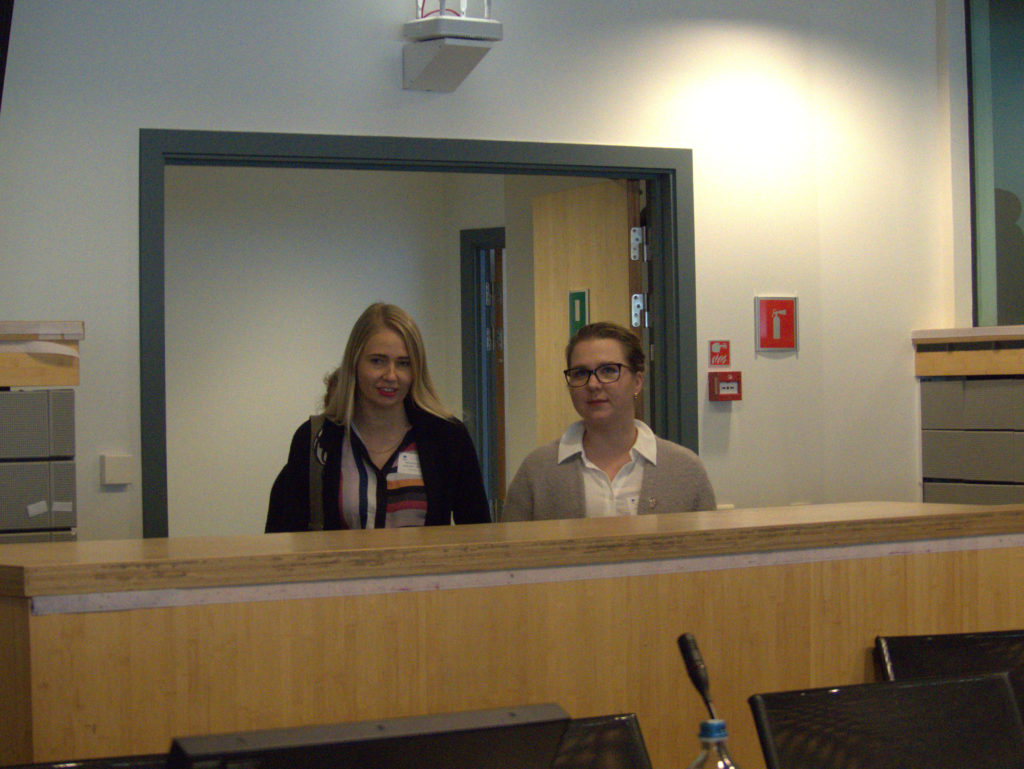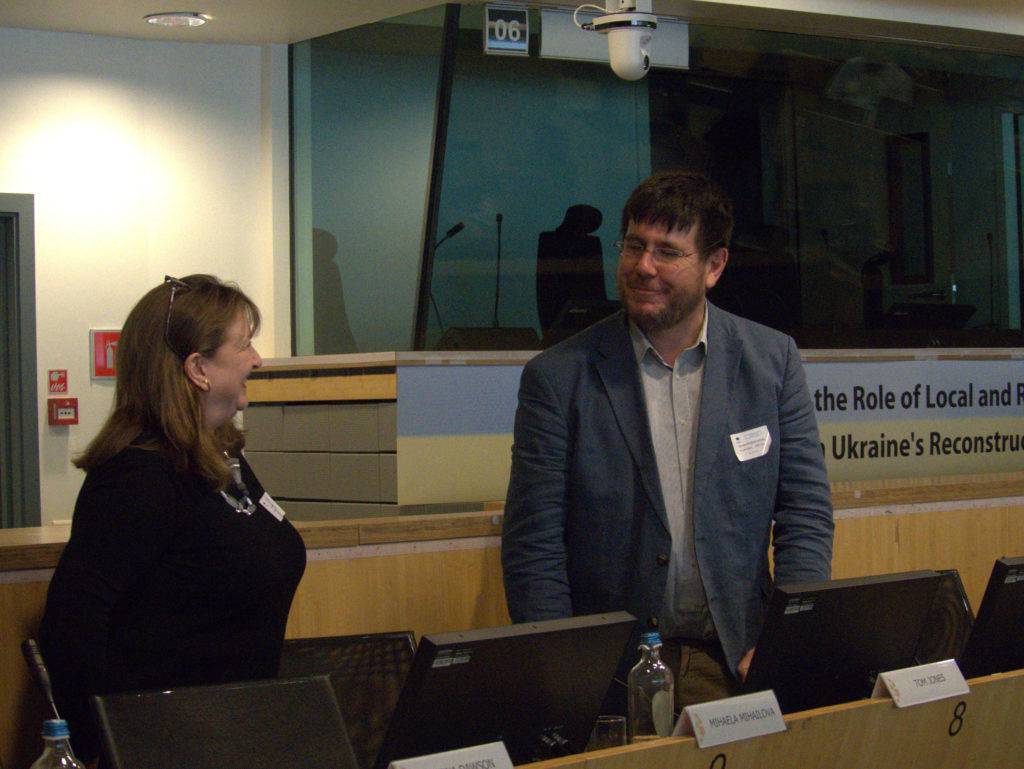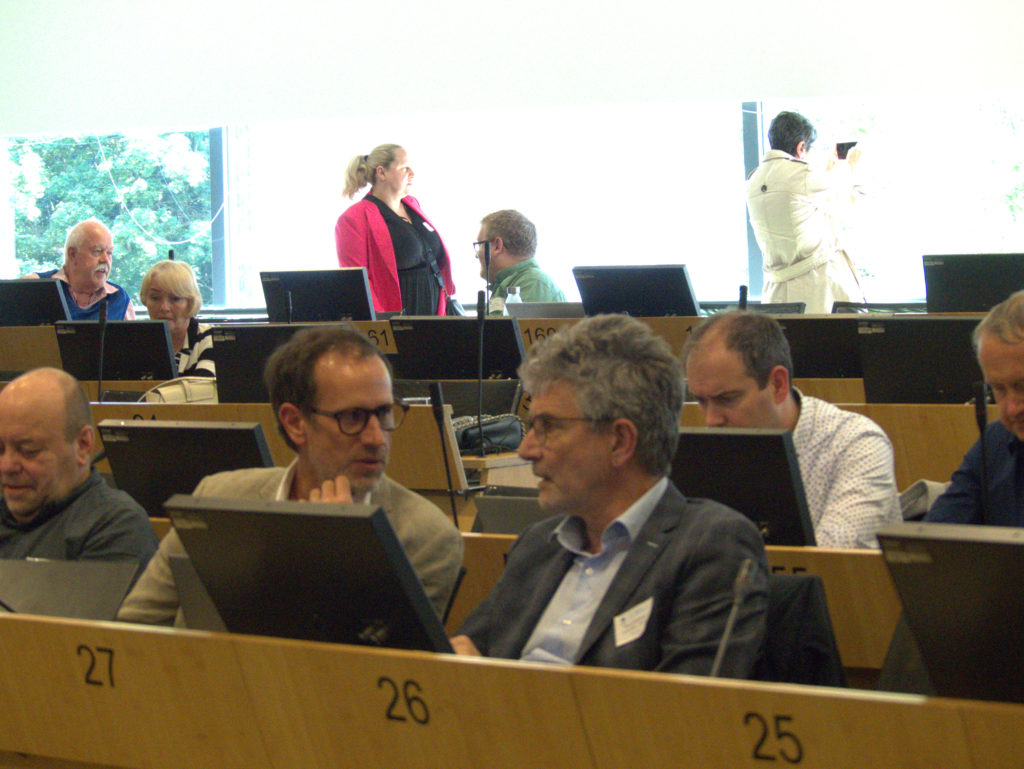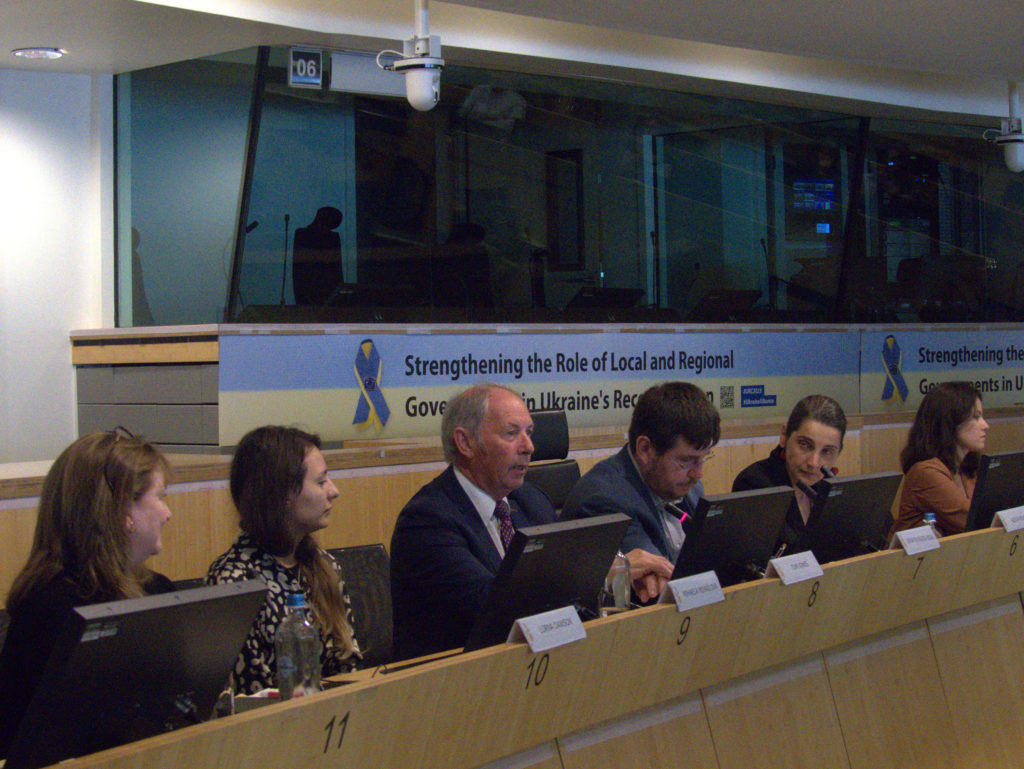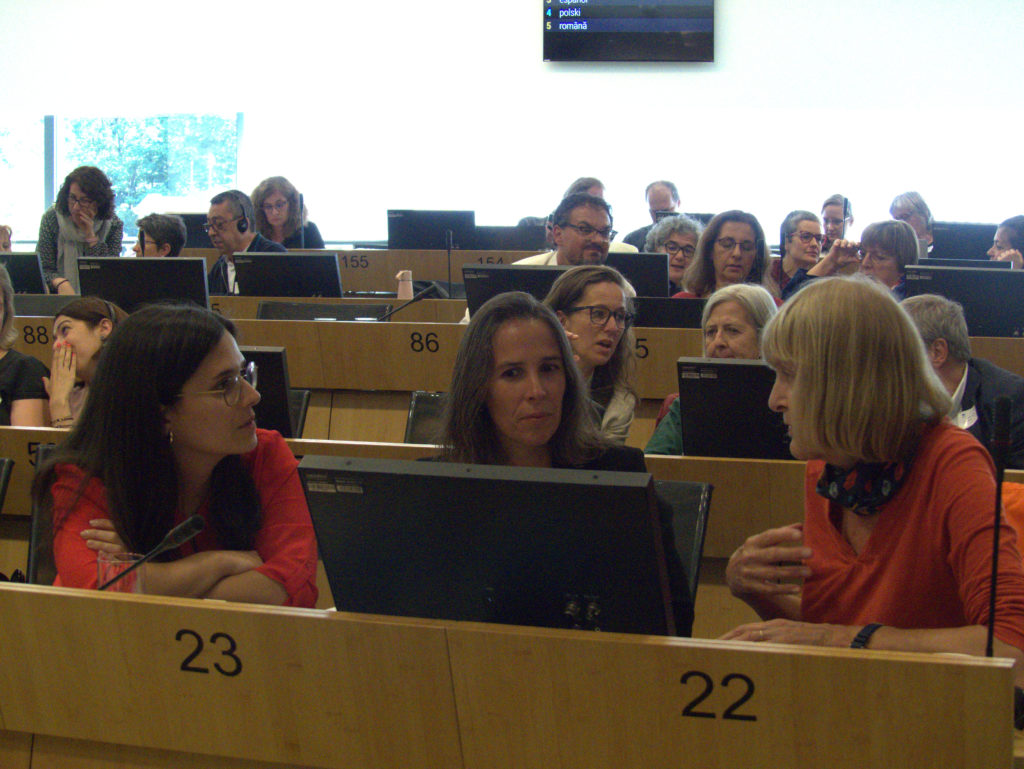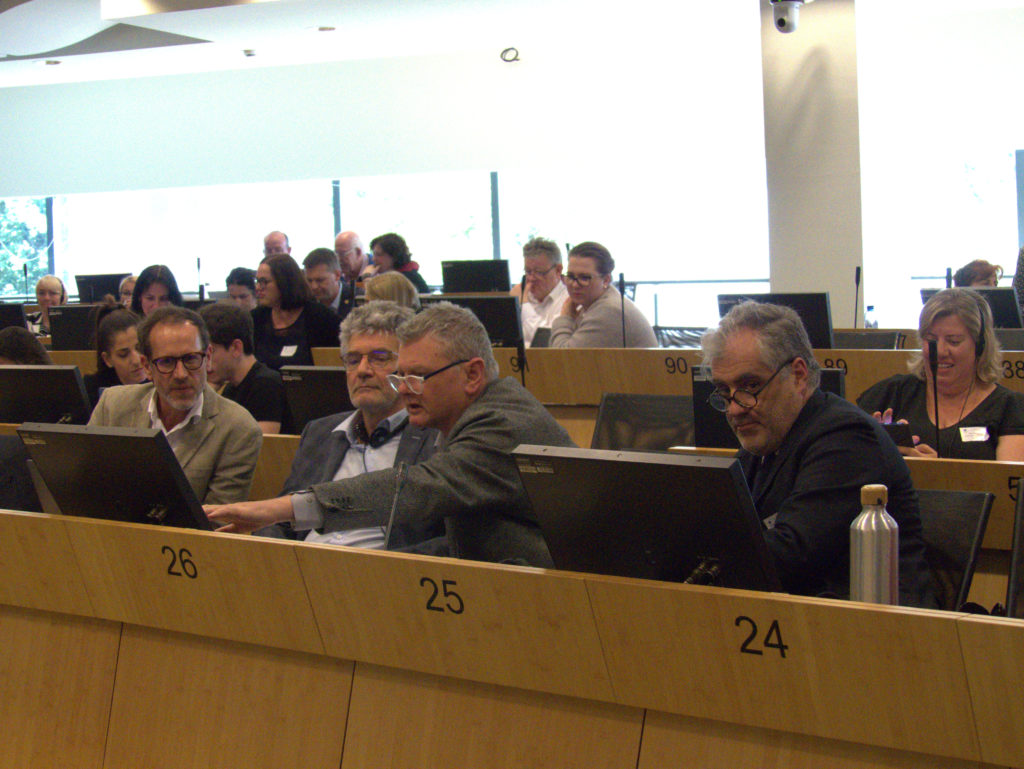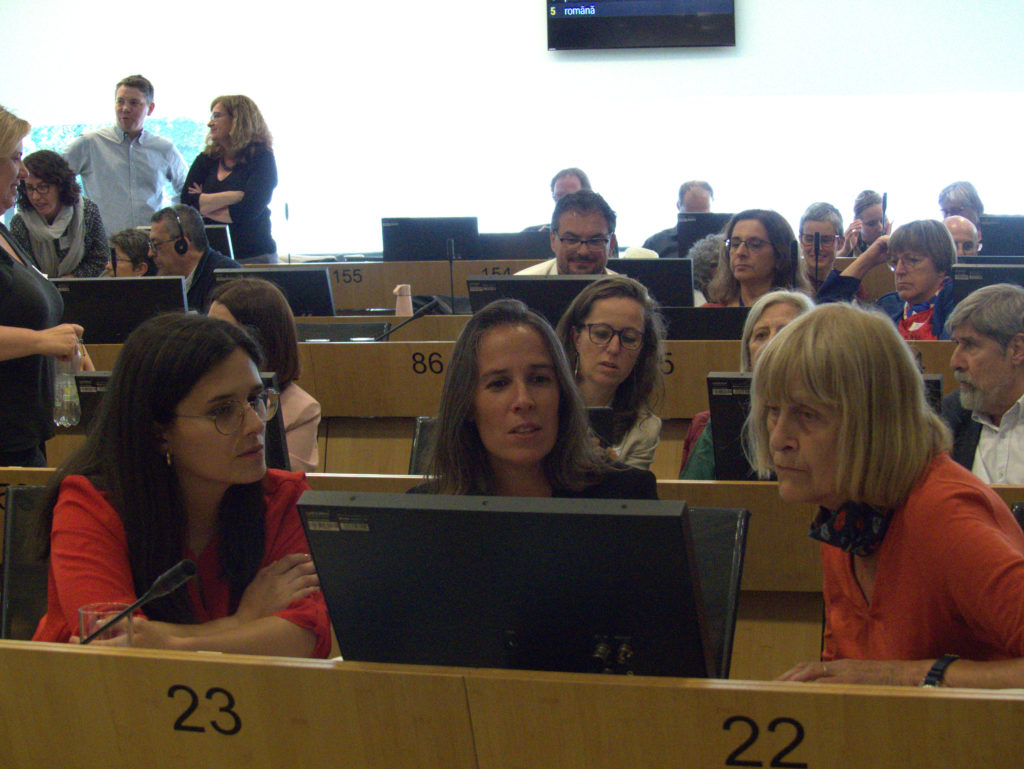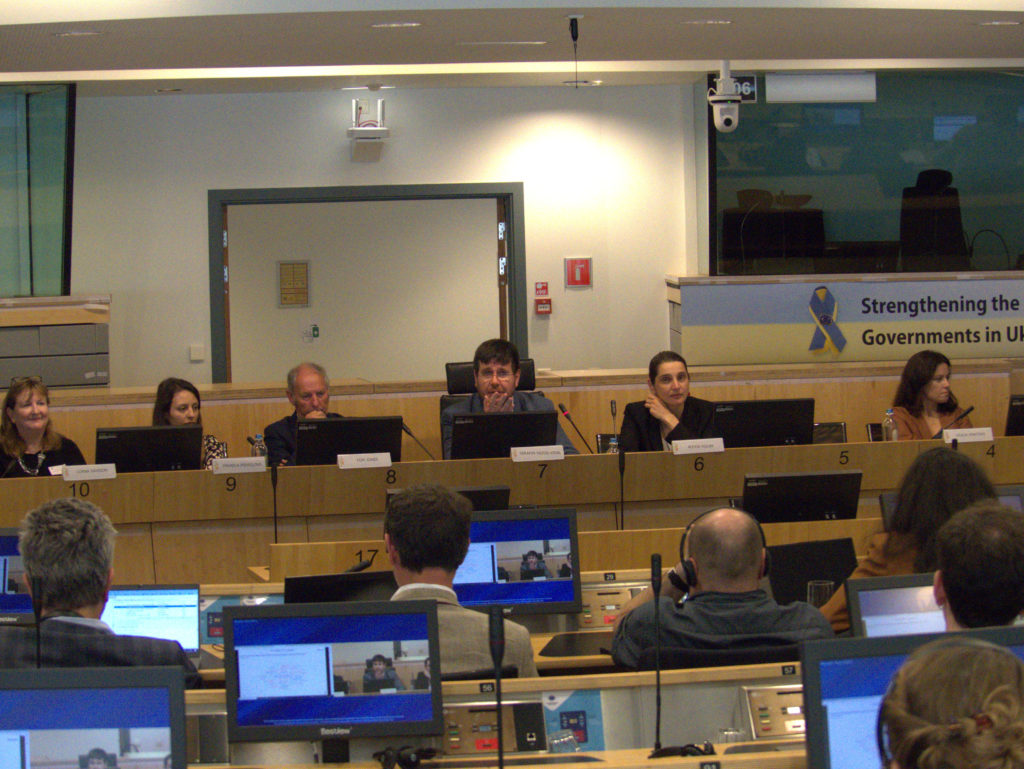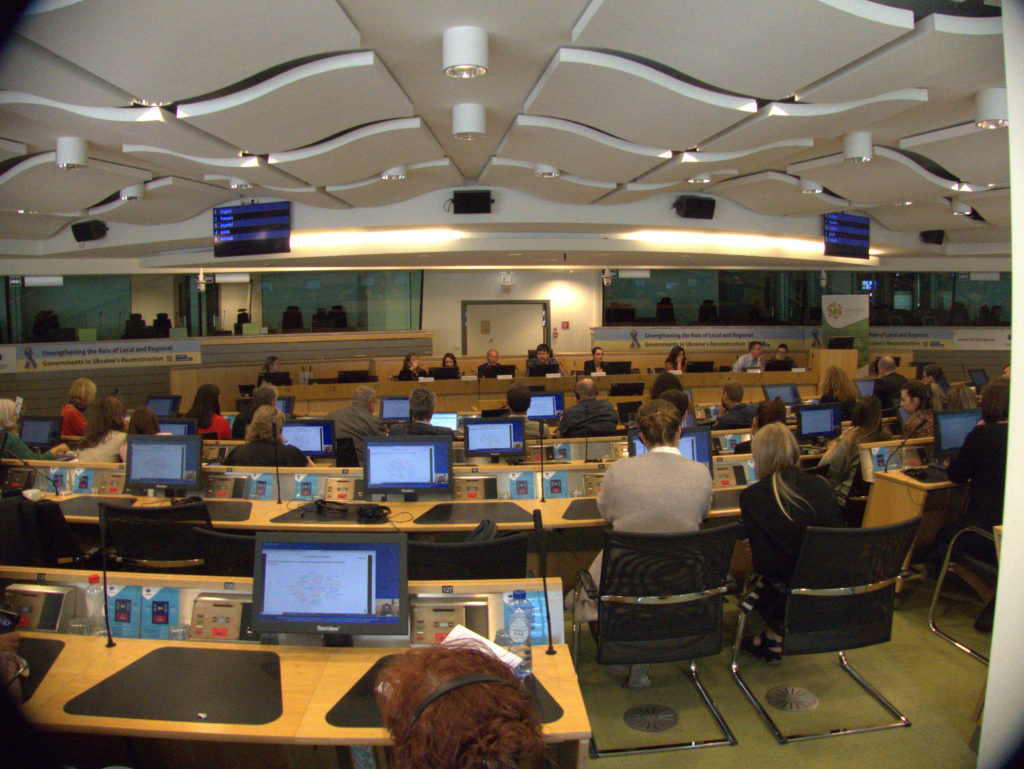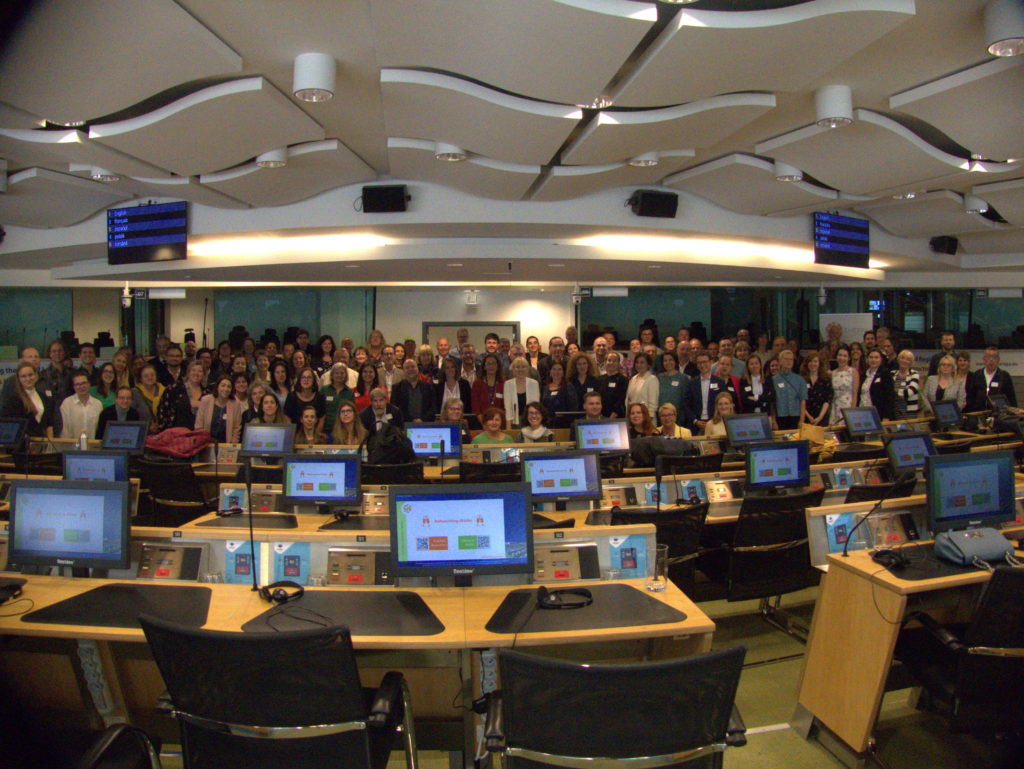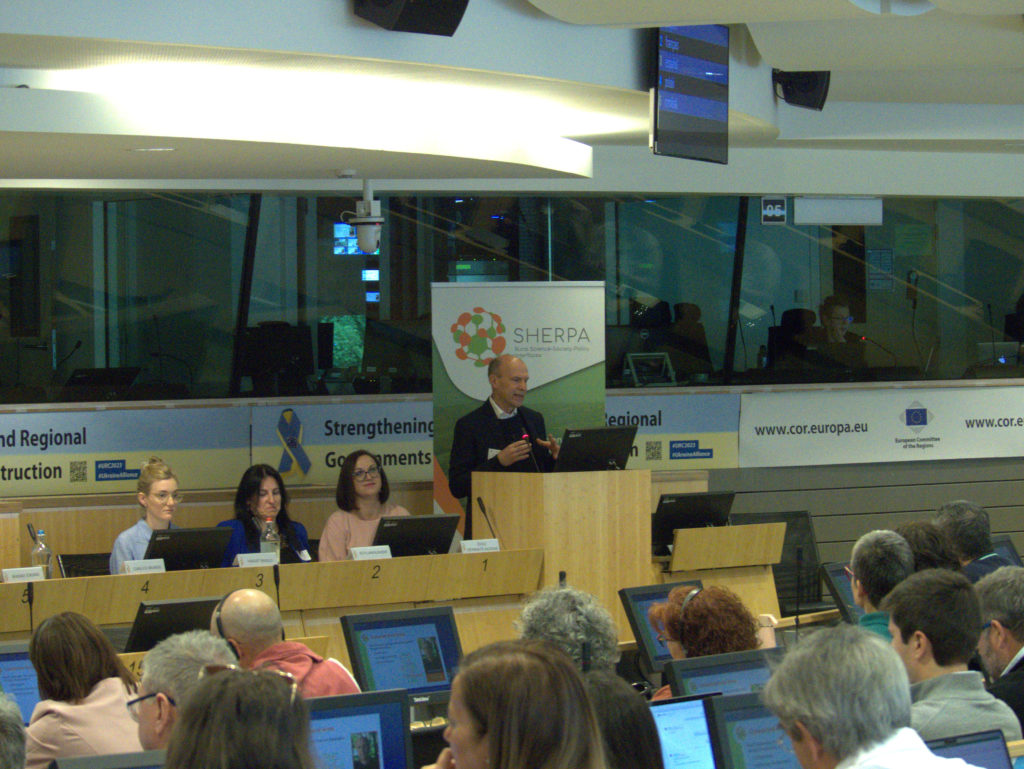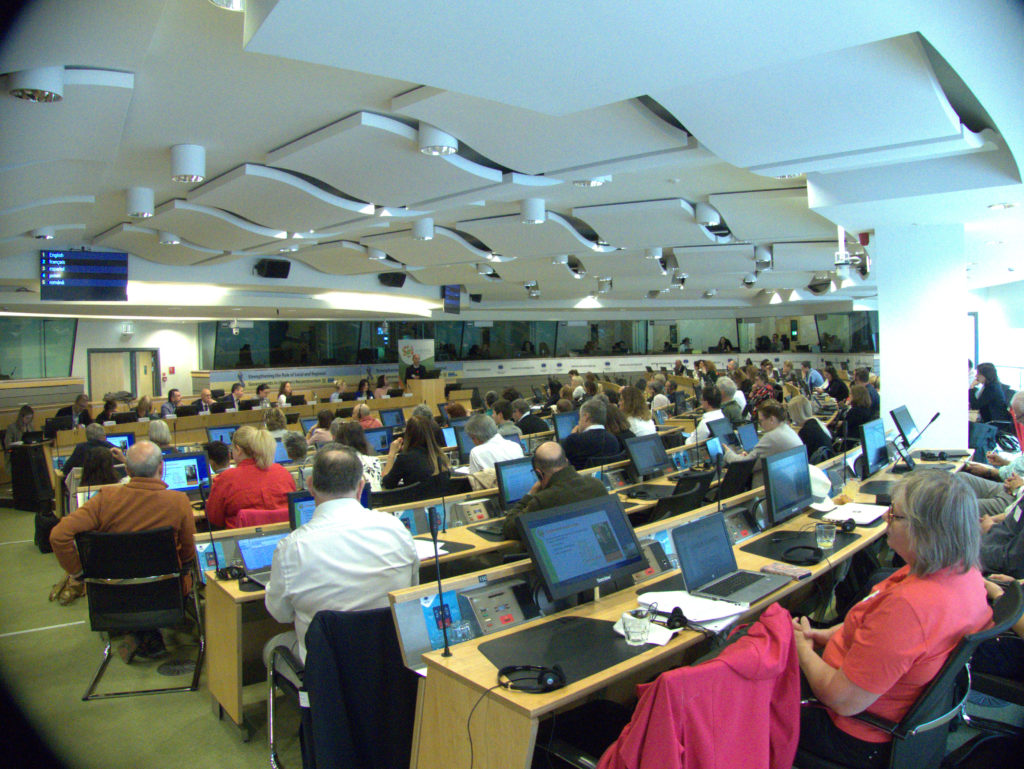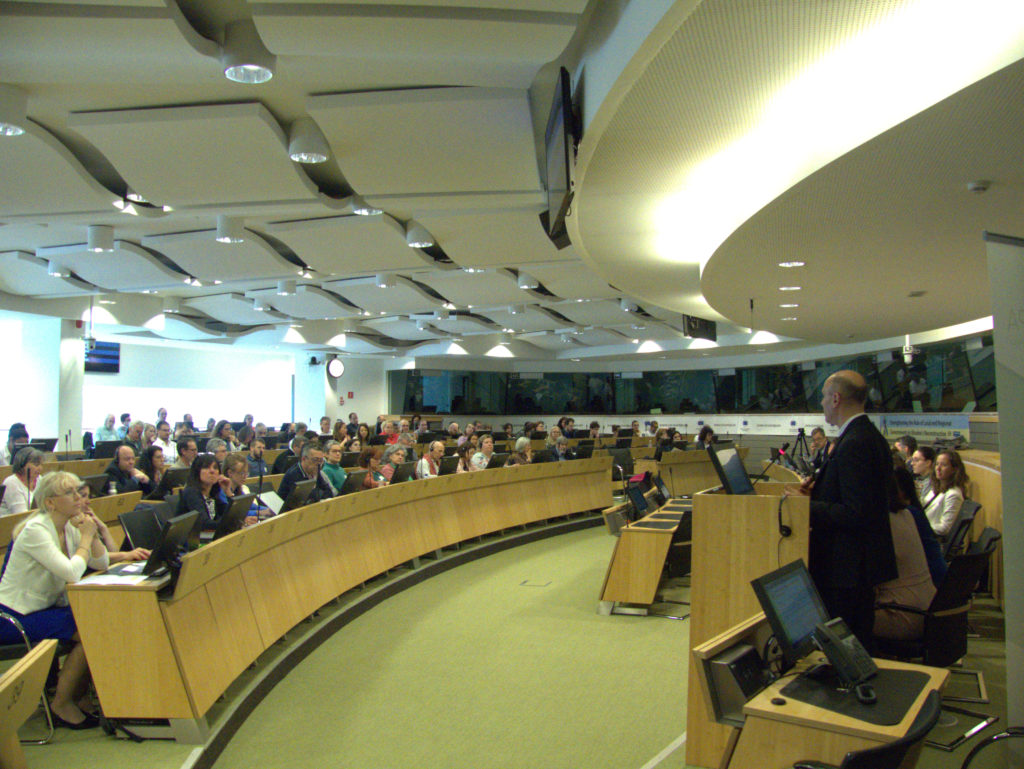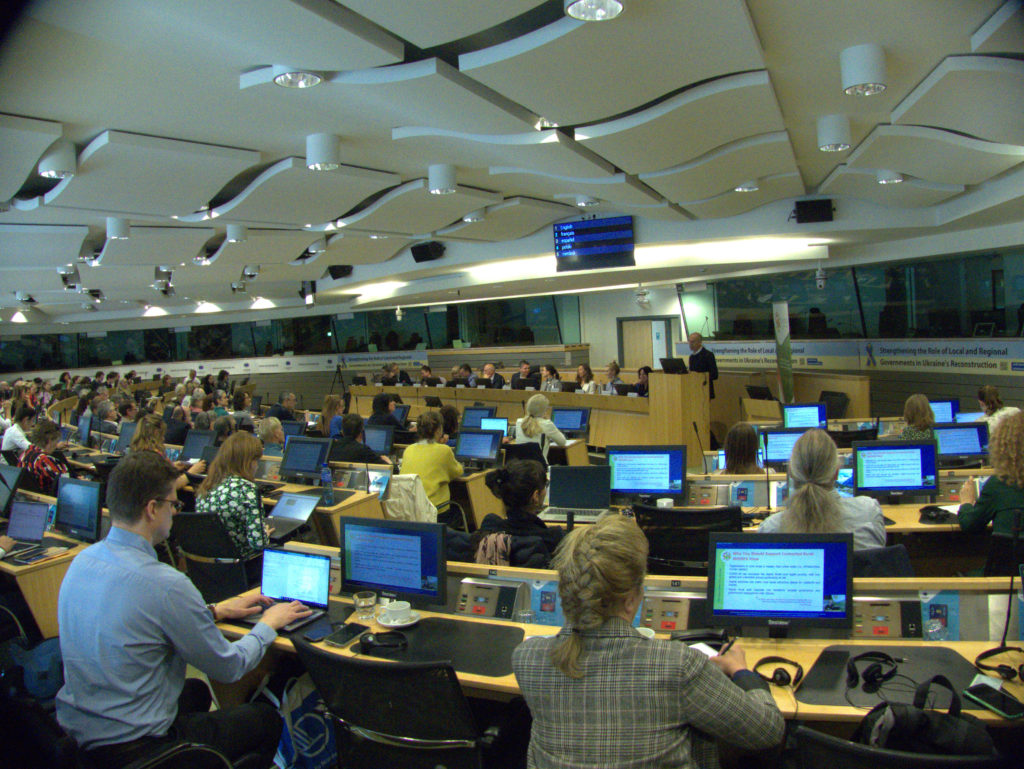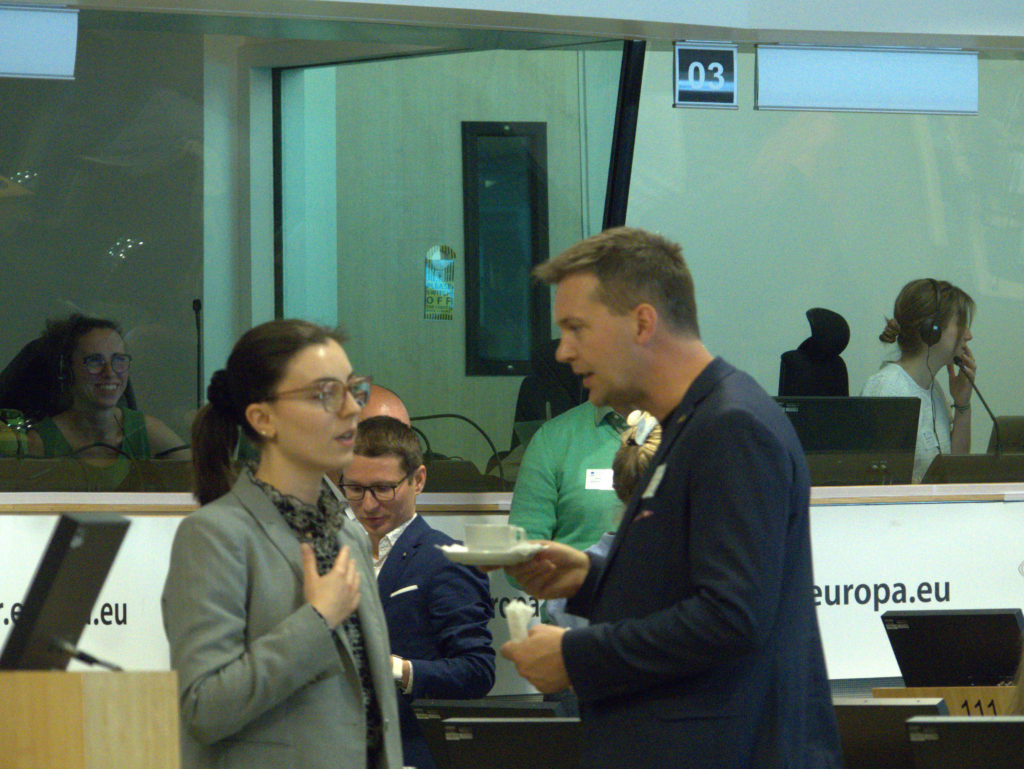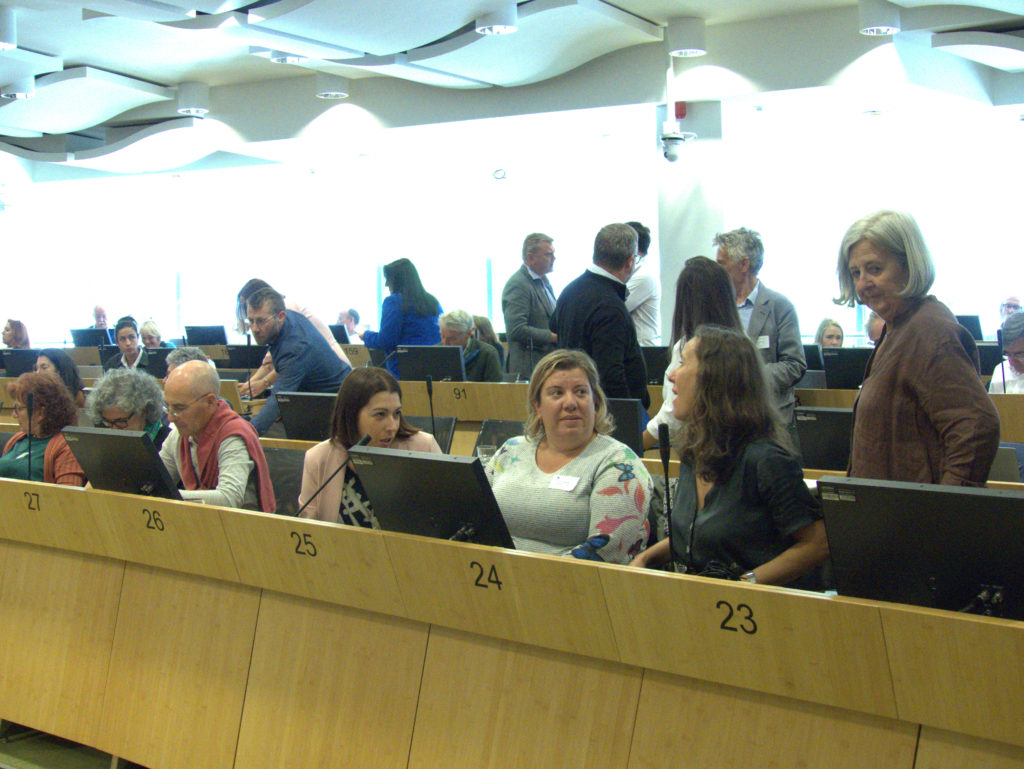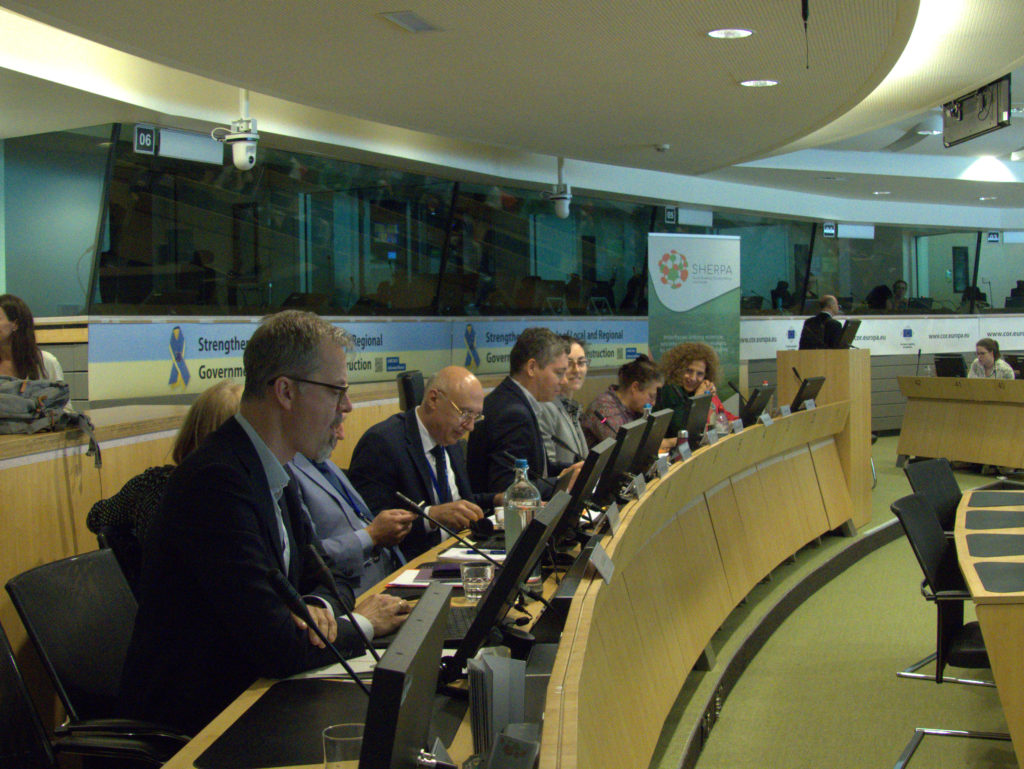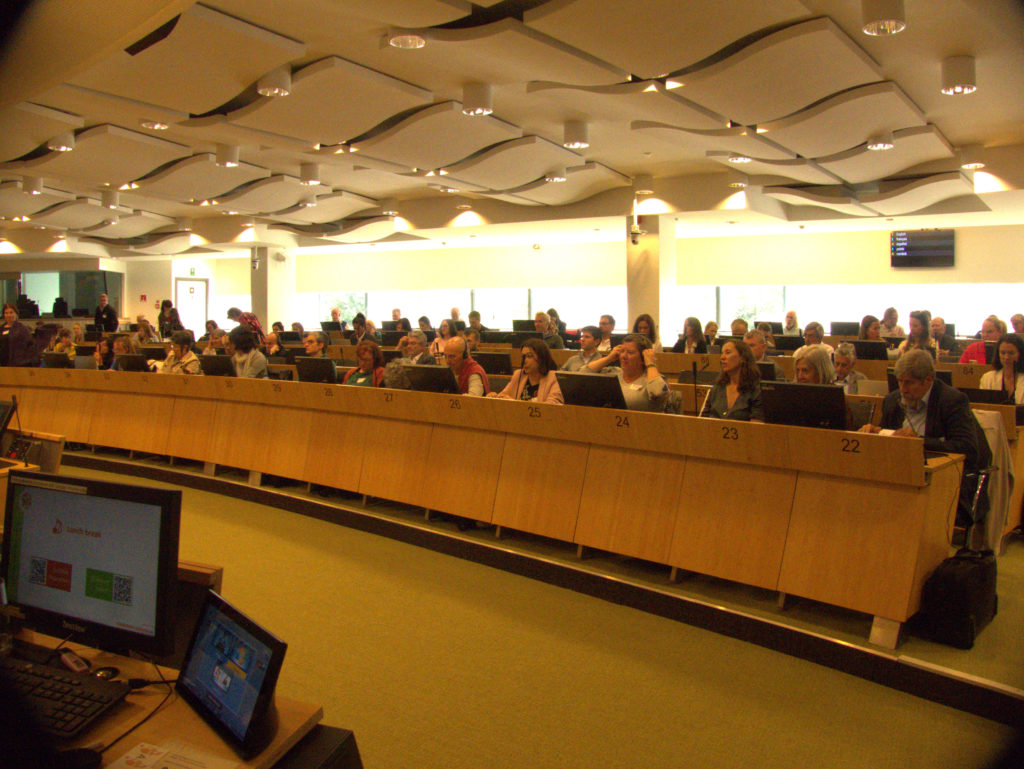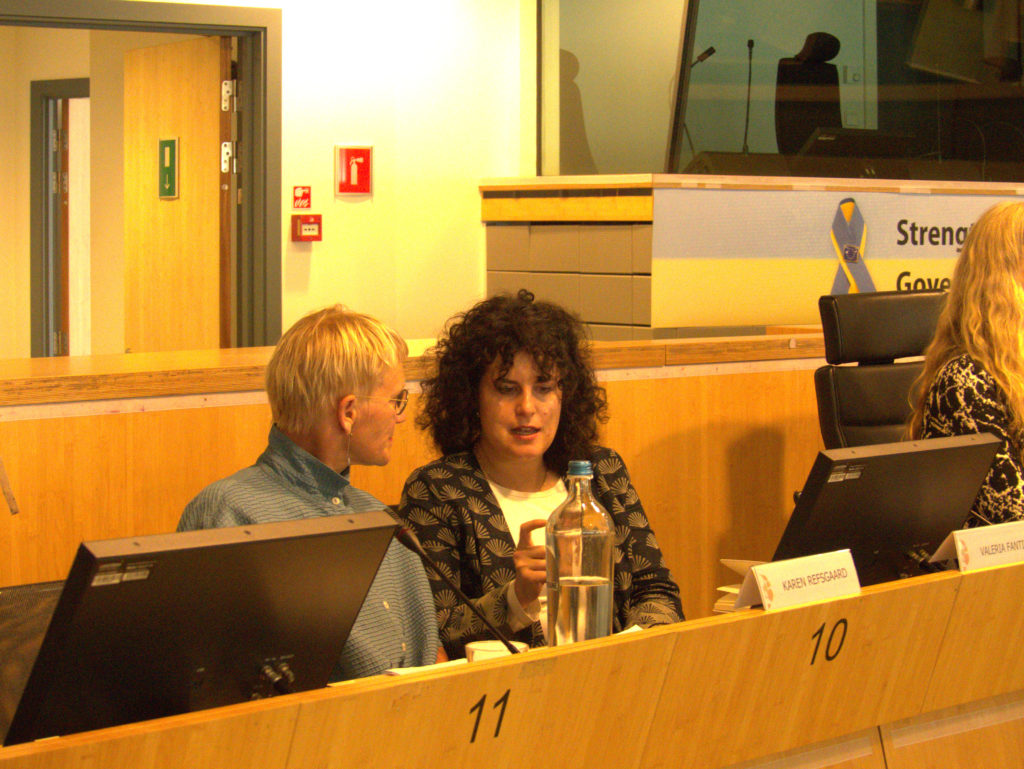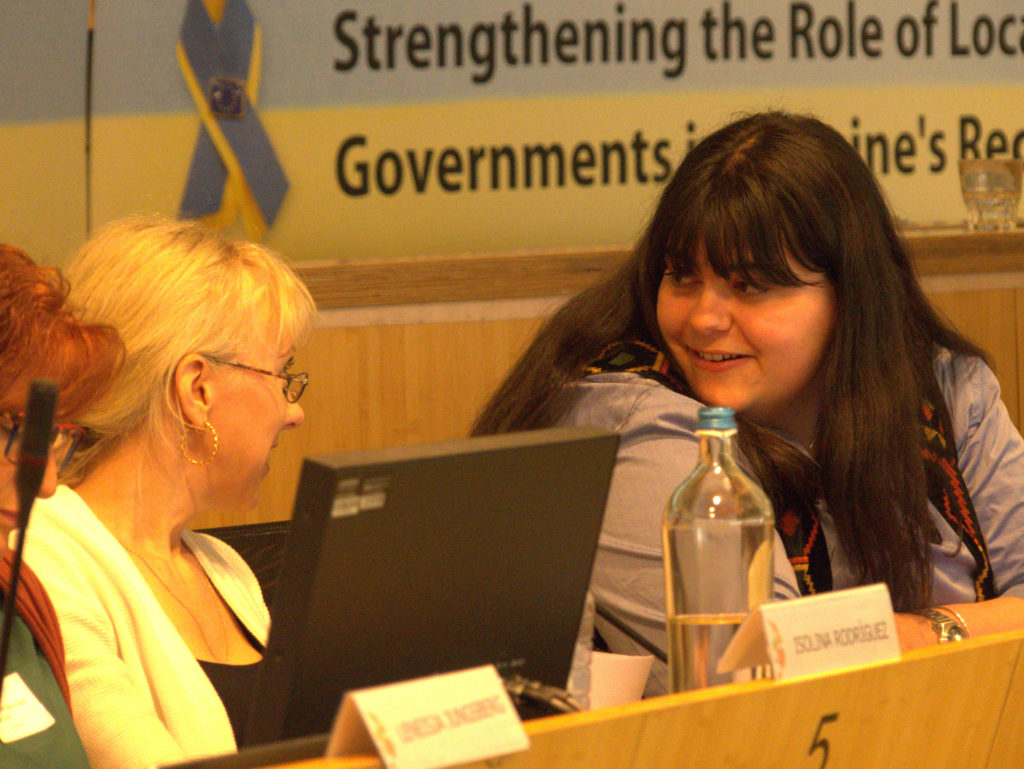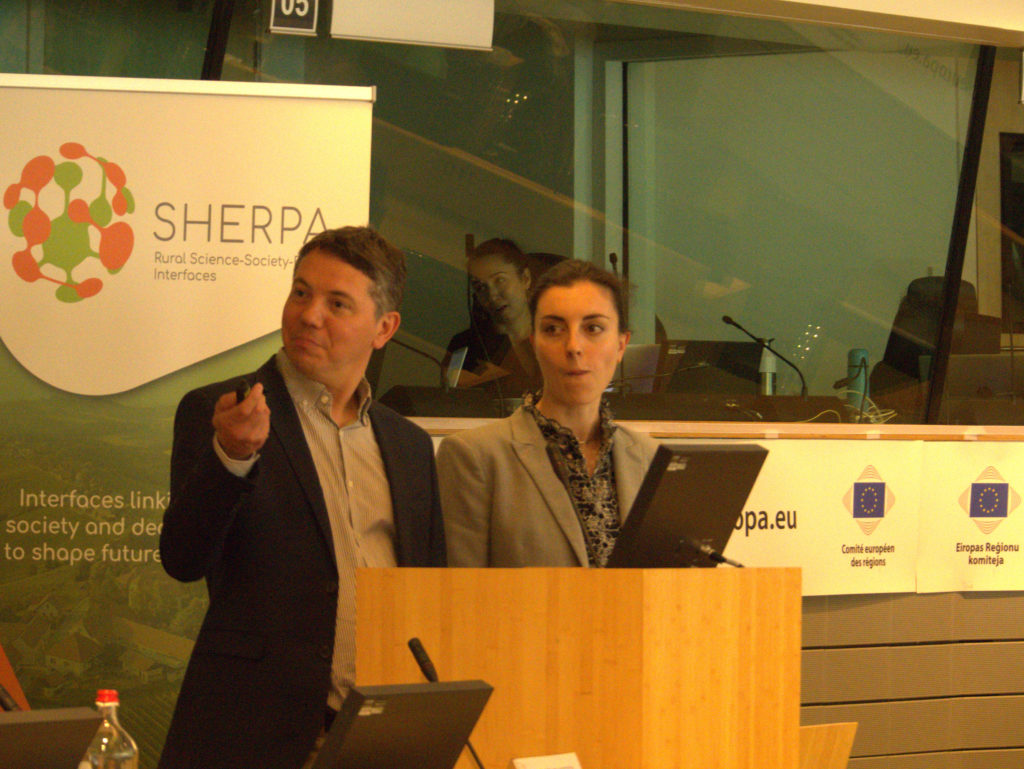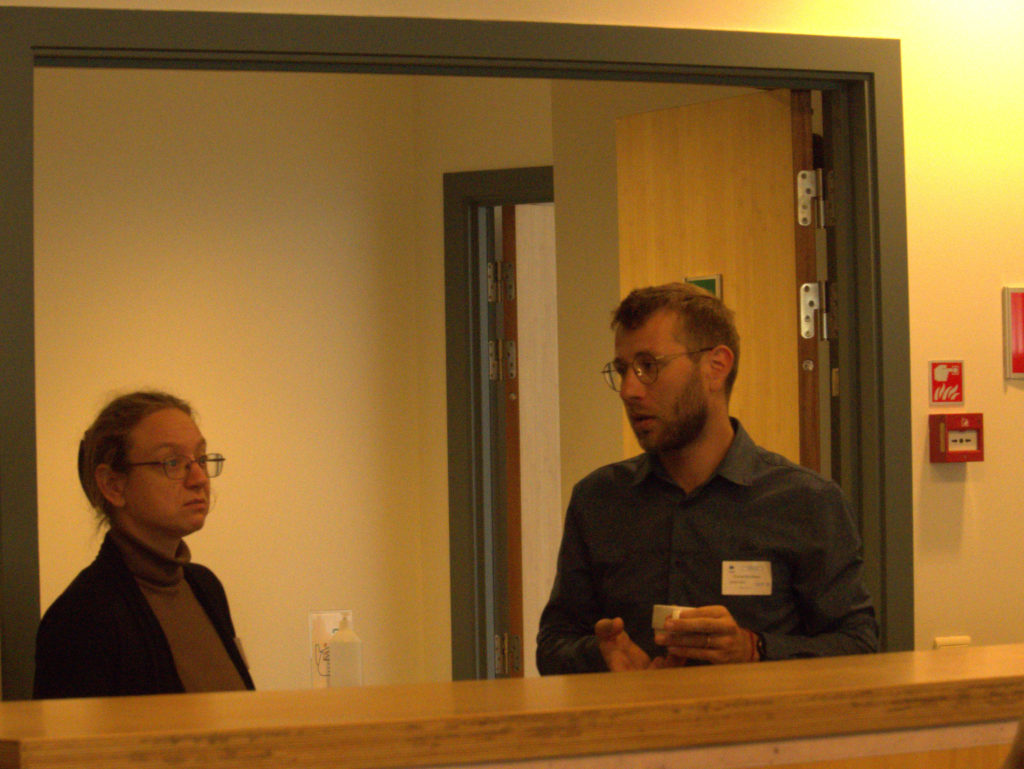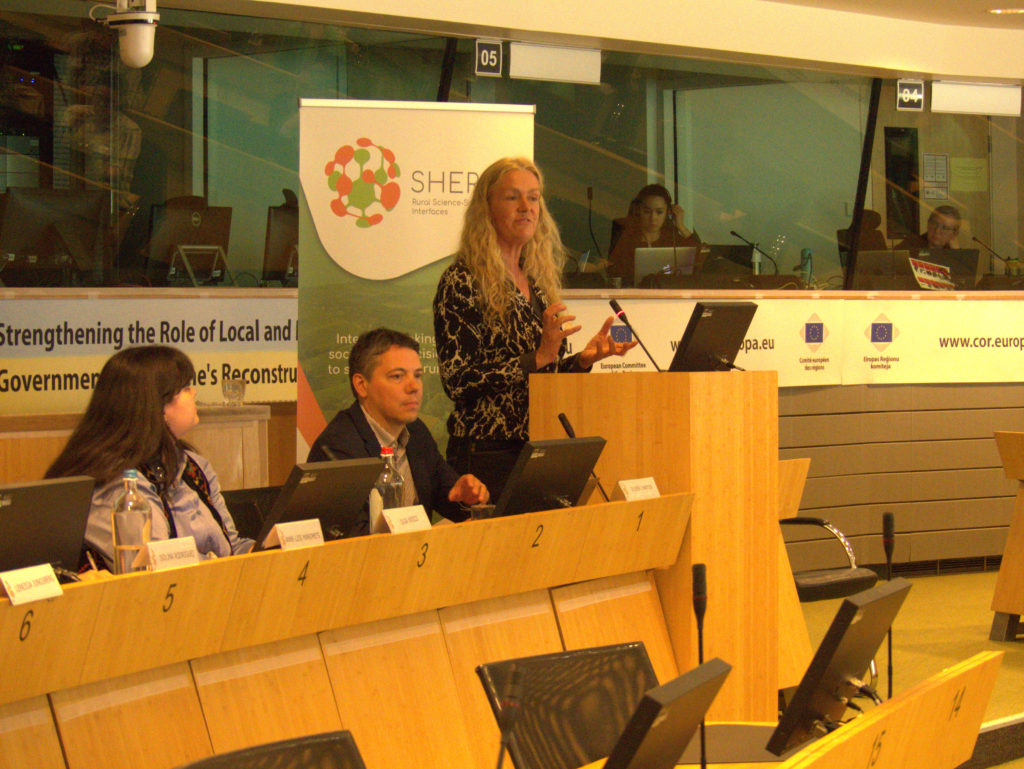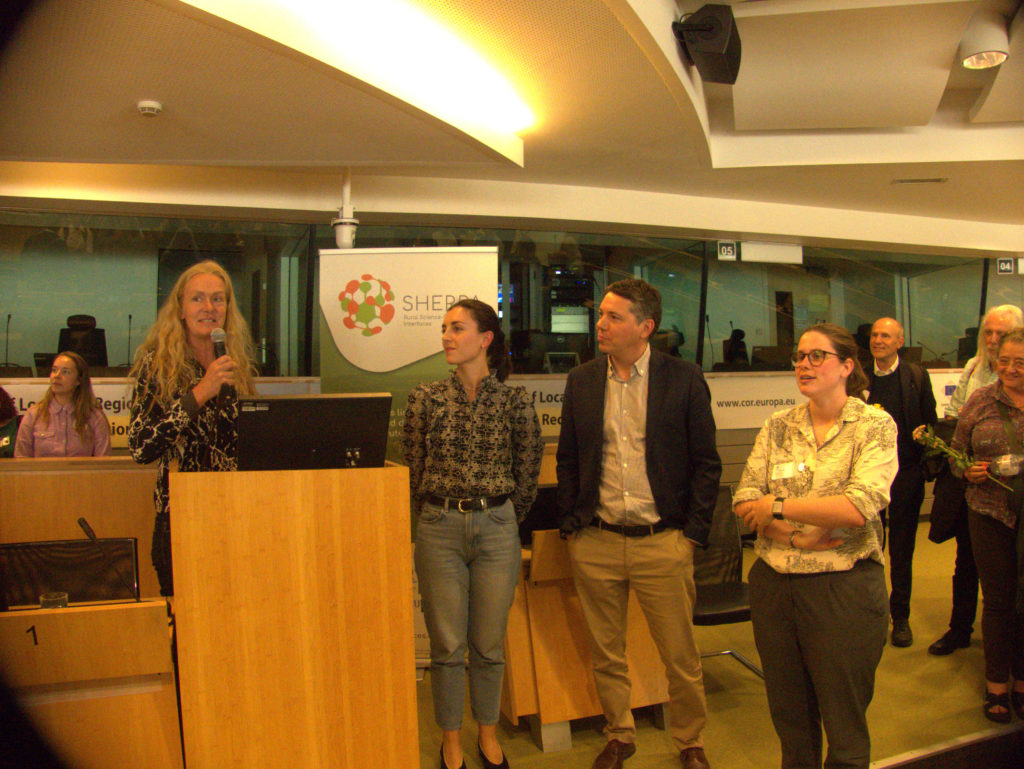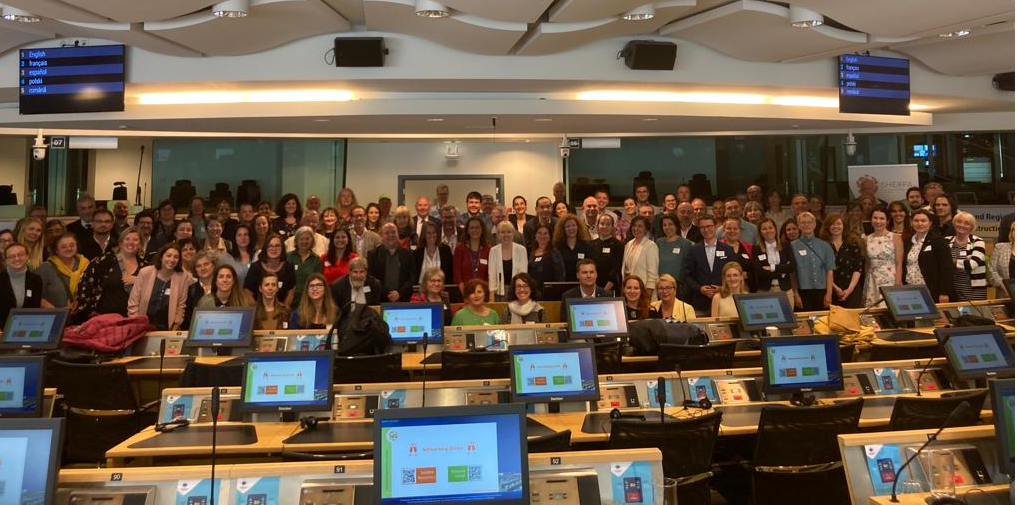
Between 1-2 June, more than 150 gathered in Brussels to provide evidence on a multitude of rural topics and promote the interaction between Science-Policy and Society.
The SHERPA Final Conference, held in Brussels on June 1 and 2, brought together over 150 individuals from various corners of Europe. This highly anticipated event showcased the remarkable achievements, insights, and recommendations generated by the SHERPA project. With an emphasis on empowering rural areas, the conference highlighted the importance of cooperation, innovation, and inclusive policies. Let’s delve deeper into this extraordinary event that emphasised the need for sustainable and prosperous rural communities.
Promoting Objectives and Results: The conference commenced with Oliver Chartier and Elodie Salle from Ecorys and the project’s coordinators, who provided a comprehensive overview of the SHERPA project. They outlined the project’s methodology, Multi-Actor Platforms (MAPs), and most importantly, its objectives and results. The audience gained valuable insights into the project’s progress and impact.
Innovative Initiatives in Rural Areas: Outside the conference venue, SHERPA MAPs and partner projects, including CODECS, GRANULAR, and MOVING, showcased their innovative initiatives. These initiatives covered a wide range of topics relevant for rural areas such as climate change and land use, digitalisation resilience and social capital. It was inspiring to witness the multitude of creative solutions being developed to tackle the challenges faced by rural communities.
Key Recommendations for Stronger, Connected, Prosperous and Resilient Rural Areas: Gerald Schwartz from Thünen Institute presented the key recommendations from the SHERPA project. He emphasised the significance of local infrastructure and sustainable value chains in fostering prosperous rural areas. The discussion expanded beyond agriculture to encompass food systems and the promotion of local economies. Giulia Martino, from Ecorys, also noted the need for financial, technical and moral support for community-led innovation and the creation of safe spaces for co-creating solutions. Both speakers outlined SHERPA’s contributions to the EU Long-Term Vision for Rural Areas.
Importance of Cooperation and Youth Empowerment: Professors Ricardo Reis (MAP Southwest Alentejo) and Csaba Bálint (MAP AKIS) highlighted the importance of cooperation and collaboration among public, private, and third sectors. They stressed the need to harness the potential of youth entrepreneurship and invest in the younger generation. By empowering the youth, rural areas can benefit from innovative ideas, economic growth, and technological advancements.
Social Economy and Citizen Participation: Katherine Irvine (EU MAP) and Alexia Rouby, from DG AGRI, emphasised the transformative role of the social economy in addressing multiple challenges faced by rural communities. They highlighted the importance of citizen participation and the need for digitalization to maintain access to physical services. These approaches fostered inclusivity and strengthened the well-being of rural residents.
Creating Safe Spaces for Innovation and Diversity: Speakers such as Lorna Dawson (MAP UK), and Mihaela Mihailova (MAP Bulgaria) stressed the importance of creating safe spaces for innovation, evidence-based decision-making, and diversity. They highlighted the significance of participatory budgeting, place-oriented measures, and the inclusion of all community members in decision-making processes.
Investing in Skills and Digital Infrastructure: Participants echoed the need for investments in skills development and digital infrastructure in rural areas. By providing adequate training and improving connectivity, rural communities can overcome challenges and bridge the rural-urban gap. Such investments would enable access to essential services, markets, and opportunities.
Listening to Local Communities and Fostering Solidarity: Throughout the conference, the importance of listening to local communities was reiterated. The participants emphasised the need to involve rural residents in funding decisions and policy-making processes. Additionally, the creation of solidarity networks and the promotion of work-life balance were recognised as crucial for preventing population decline and strengthening resilience.
Contributions to the EU Long-Term Vision for Rural Areas: When SHERPA’s project proposal was launched, the existence of the EU LTVRA was unknown, said Mario Milouchev, DG AGRI, however, SHERPA seamlessly adapted to align its objectives with both policy work and local actors. The first project proposal in 2020 made significant contributions to the EU LTVRA. SHERPA facilitated numerous debates among stakeholders, showcasing innovative ways of interaction and fostering collaboration. The project’s management and substantive achievements deserve commendation, as it exemplifies the essence of community-driven development.
Policy Relevance and Lessons Learnt: Olivier Chartier highlighted other policies relevant to rural areas within the current framework, particularly focusing on the Common Agricultural Policy. SHERPA had prepared a specific deliverable on this topic.
Insights from Rural Interventions: Representatives from various regions shared their experiences and perspectives on rural interventions. Iwona Woch highlighted the efficiency and community involvement achieved through the LEADER approach in her depopulated region. Monica Tudor stressed the importance of investments in building rural diversification and vibrant rural areas beyond traditional farming activities. Likewise, Samuel Féret (CIHEAMIAMM) mentioned the importance of building solidarity networks in local/rural communities to prevent population decline, strengthening resilience and promote work-life balance.
Building Blocks for Future Policies – Strengths and Weaknesses: During the panel discussion, experts provided their perspectives on the strengths and weaknesses of the proposed building blocks for rural development. Klaus Boele, from the Committee of Regions, supported the integrated nature of the blocks, suggesting that an integrated approach can make it easier for people to effectively utilize available funds. Dominique Barjolle, ETH Zurich, advised caution, as overlaps and fine-tuning may be required to ensure the blocks are mutually exclusive and collectively exhaustive. Vanessa Halhead, ERCA, emphasised the need for genuine rural agendas and an integrated policy framework, despite limited resources.
Science-Society-Policy interfaces: The session focused on the importance of making rural voices heard and creating meaningful engagement in policymaking processes. The panel discussion highlighted key insights and lessons learned from the MAPs in the SHERPA project. Jorieke Potters emphasized the flexibility and diversity of the MAPs while Karen Refsgaard, Nordregio, pointed out that bringing people together in MAPs can be useful, but it takes time. She highlighted the need for members to feel empowered and have a clear mandate. Valeria Fantini, ALDA, emphasised the importance of co-creation, dialogue, and evidence-based perspectives from science in fostering social dialogue. She highlighted the need for people to see how their participation translates into actual results and receive feedback on their inputs.
The SHERPA Final Conference marked a significant milestone in empowering rural Europe. With more than 150 attendees from diverse backgrounds, the event showcased the success of the SHERPA project and its main recommendations for rural communities. The discussions and recommendations presented during the conference highlighted the importance of cooperation, youth empowerment, social economy, and inclusive policies.
By focusing on innovation, sustainability, and resilience, the conference demonstrated that rural areas have the potential to thrive and contribute to a prosperous Europe. The outcomes of the conference serve as a call to action for policymakers, organizations, and individuals to continue supporting rural communities and defending their vital role in society.
You can also read the Twitter threads of day 1 and day 2 of SHERPA Final Conference, with insights, photos and all the exciting content as it was happening! And here you can find all the event’s presentations.
Published by Raphael Garcia
